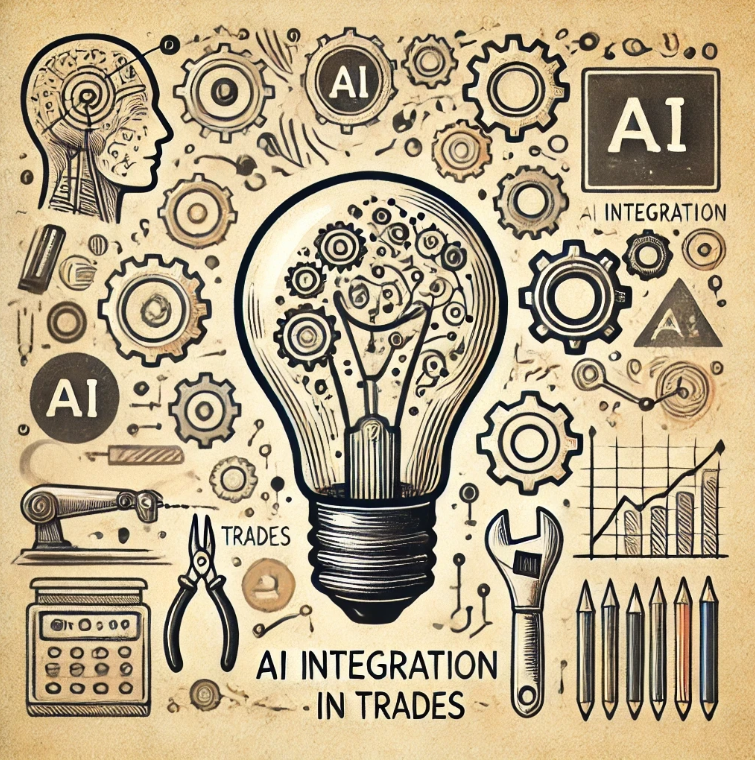In a world where mental acuity and peak performance are paramount, achieving cognitive excellence is no longer a distant aspiration but a tangible goal. By blending the NeuroFusion Protocol, a cutting-edge nootropic regimen, with the Ascend Framework, a lifestyle approach designed for holistic brain and body optimization, we can unlock our true potential. This longform essay will explore how these complementary systems work together, detailing actionable strategies for both immediate and sustained cognitive improvement.
The NeuroFusion Protocol: A Synergistic Nootropic Regimen
The NeuroFusion Protocol is a scientifically designed daily supplement stack that combines carefully selected nootropic compounds. It provides both short-term enhancements in focus and energy and long-term support for brain health.
Ingredients and Effects
- L-Theanine (200 mg)
- Effect: Promotes calm focus and reduces caffeine-related jitters.
- Source: Extracted from green tea.
- Caffeine (100 mg)
- Effect: Boosts mental alertness and energy.
- Source: Derived from coffee beans or guarana.
- Lion’s Mane Mushroom (500 mg)
- Effect: Stimulates neurogenesis and supports long-term brain health.
- Source: Standardized to beta-glucans.
- Rhodiola Rosea (200 mg)
- Effect: Enhances energy, focus, and stress resilience.
- Source: Root extract.
- Bacopa Monnieri (300 mg)
- Effect: Boosts memory retention and reduces anxiety.
- Source: Leaf extract standardized to 50% bacosides.
- Alpha-GPC (300 mg)
- Effect: Supports acetylcholine production for memory and focus.
- Source: Natural choline compound.
- Acetyl-L-Carnitine (ALCAR) (500 mg)
- Effect: Provides mental energy and protects brain cells from oxidative damage.
- Source: Amino acid derivative.
- Phosphatidylserine (100 mg)
- Effect: Improves memory, attention, and overall brain function.
- Source: Soy or sunflower lecithin.
- Noopept (10 mg) (Optional)
- Effect: Enhances memory, learning, and neuroprotection.
- Caution: Synthetic; requires precise dosing.
- Curcumin (150 mg with Piperine 5 mg)
- Effect: Reduces inflammation and supports brain health.
- Source: Turmeric extract.
- Mucuna Pruriens (150 mg)
- Effect: Provides L-DOPA for dopamine production, enhancing motivation and mood.
- Source: Velvet bean extract.
- Omega-3 Fatty Acids (1,000 mg DHA/EPA)
- Effect: Supports cognitive health and brain structure.
- Source: Fish oil or algae oil.
- Ginkgo Biloba (120 mg)
- Effect: Enhances blood flow to the brain and improves focus.
- Source: Leaf extract.
- CoQ10 (100 mg)
- Effect: Boosts mitochondrial energy and protects against oxidative stress.
- Source: Ubiquinone or ubiquinol.
- Magnesium L-Threonate (200 mg)
- Effect: Improves learning and memory by increasing magnesium in the brain.
- Source: Magnesium supplement.
- Nicotinamide Mononucleotide (NMN) (250 mg)
- Effect: Boosts NAD+ levels, enhancing cellular repair and mitochondrial health.
- Source: Nicotinamide supplement.
- PQQ (20 mg)
- Effect: Stimulates mitochondrial biogenesis and protects against oxidative stress.
- Source: Pyrroloquinoline quinone compound.
The Ascend Framework: Lifestyle Strategies for Cognitive Optimization
While the NeuroFusion Protocol delivers powerful biochemical support, lifestyle practices amplify its effects and sustain long-term brain health. The Ascend Framework integrates dietary, physical, and mental practices into a comprehensive system for cognitive excellence.
1. Optimize Diet
- Focus on nutrient-dense brain foods such as fatty fish, avocados, nuts, seeds, and colorful vegetables.
- Incorporate antioxidants (berries, green tea) and nootropic nutrients (eggs for choline, spinach for magnesium).
- Avoid high-sugar, processed, and inflammatory foods that contribute to brain fog.
2. Practice Intermittent Fasting
- Use a 16:8 fasting window to enhance autophagy (cellular cleanup) and ketone production for sustained mental energy.
3. Engage in Physical Exercise
- Perform aerobic activities (running, cycling) to increase blood flow to the brain.
- Include resistance training to boost brain-derived neurotrophic factor (BDNF).
- Practice yoga or tai chi for stress reduction and mental clarity.
4. Prioritize Sleep
- Ensure 7-9 hours of restorative sleep to consolidate memory and detoxify the brain.
- Use sleep aids like magnesium, melatonin, or blue light-blocking glasses if needed.
5. Cognitive Training
- Use brain-training apps (Lumosity, Peak) or learn a new skill to enhance neuroplasticity.
- Engage in neurofeedback to optimize brainwave patterns for focus and relaxation.
6. Manage Stress
- Practice mindfulness meditation to reduce anxiety and improve focus.
- Incorporate breathwork techniques like the Wim Hof Method or box breathing for relaxation.
7. Optimize Environment
- Create a distraction-free workspace with ergonomic furniture and natural lighting.
- Use soundscapes or binaural beats to enhance focus.
8. Leverage Advanced Techniques
- Explore red light therapy, transcranial direct current stimulation (tDCS), or IV nutrient therapy to enhance cognitive performance.
Synergy Between NeuroFusion and Ascend
The NeuroFusion Protocol provides the biochemical foundation for brain optimization, while the Ascend Framework ensures the lifestyle and environmental factors needed to sustain and amplify these benefits. Together, they create a robust system for cognitive excellence:
- Immediate Effects: Enhanced focus, energy, and memory from nootropics and a nutrient-rich diet.
- Long-Term Benefits: Neuroprotection, reduced inflammation, and improved neuroplasticity through lifestyle adjustments and advanced therapies.
- Sustainable Growth: Stress resilience, better sleep, and consistent cognitive training create a foundation for lifelong brain health.
Conclusion
The combination of the NeuroFusion Protocol and the Ascend Framework represents a new frontier in cognitive enhancement. By integrating scientifically validated nootropics with proven lifestyle strategies, this approach empowers individuals to achieve their mental and physical best. Whether your goal is peak productivity, creative breakthroughs, or long-term brain health, this synergistic system provides the tools to ascend to your highest potential.




